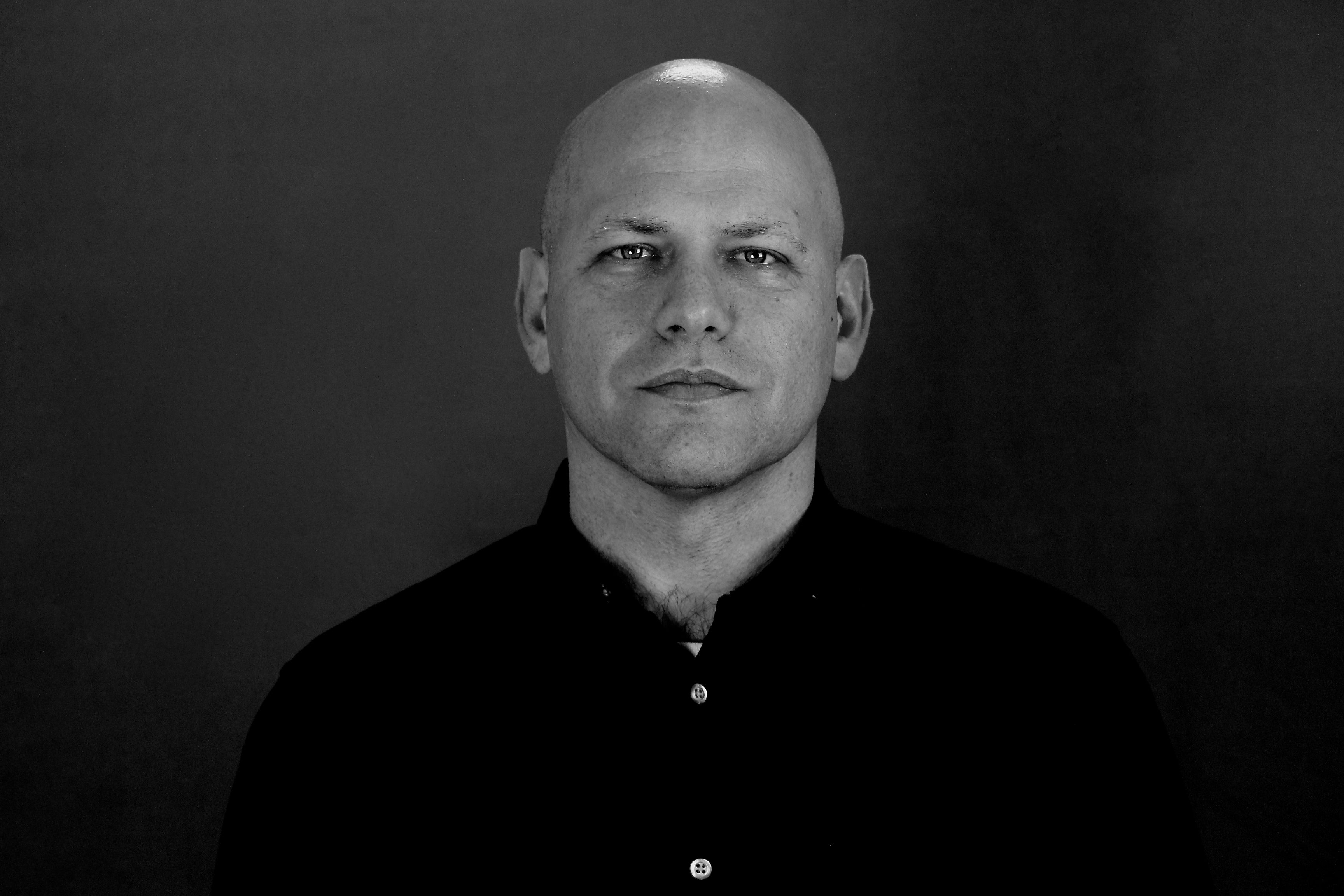The Rise of Rabbinic Midrash and Its Christian and Pagan Context
 Dr. Azzan Yadin-Israel, from the Department of Jewish Studies, Rutgers University, delivered a lecture on ‘The Rise of Rabbinic Midrash and Its Christian and Pagan Context’. He began his lecture by reminding the class that the emergence of Rabbinic Judaism was not a foregone conclusion. Today rabbis are heavily identified with Judaism, but after the fall of the Second Temple, Judaism as a religion was thrown into flux and Rabbinic Judaism competed with rival models of Judaism. In his lecture, he examined what constituted rabbinic authority and its context in classical antiquity.
Dr. Azzan Yadin-Israel, from the Department of Jewish Studies, Rutgers University, delivered a lecture on ‘The Rise of Rabbinic Midrash and Its Christian and Pagan Context’. He began his lecture by reminding the class that the emergence of Rabbinic Judaism was not a foregone conclusion. Today rabbis are heavily identified with Judaism, but after the fall of the Second Temple, Judaism as a religion was thrown into flux and Rabbinic Judaism competed with rival models of Judaism. In his lecture, he examined what constituted rabbinic authority and its context in classical antiquity.
Nowhere in the Hebrew Bible does the word ‘rabbi’ appear, Yadin-Israel told the class. The Second Temple-era priests could point to manifold passages in the Torah that established priestly authority and duties to justify their position in Jewish religious life. Yadin-Israel talked about two different ways the rabbis claimed authority. In Pirkei Avot, a tractate of the Mishnah, the text states, ‘Moses received the Torah at Sinai and transmitted it to Joshua, Joshua to the elders, and the elders to the prophets, and the prophets to the Men of the Great Assembly’. In other words, there is a Torah separate from that of the Hebrew Bible passed down via oral-traditional transmission to the rabbis. This tradition grants rabbis authority as possessors of esoteric knowledge that not even the Levite priests knew. He contrasted this claim to authority with that of midrash, a type of scriptural interpretation. Midrash accepts the authority of the Hebrew Bible as scripture and seeks to interpret it.. Yadin-Israel claims that these two modes of rabbinic authority cannot be reconciled. After all, the rabbi as possessor of esoteric knowledge and the rabbi as scriptural interpreter are two diametrically opposed figures. He says that midrash became the dominant mode of rabbinic authority because in the Talmud even the Oral Torah is debated and justified through the midrash methodology, i.e. scriptural interpretation.
Yadin-Israel ended the class by pointing out two parallel processes in classical antiquity. Christianity began with a coalescence of scripture collection and henceforth Christian intellectuals stepped in to interpret those scriptures. Similarly, Homeric tradition saw the rise of interpreters such as Cassius Longinus who sought to reconcile texts such as the Odyssey and Iliad with contemporary physics. His lecture brought to the forefront of the class’s mind the distinction between claims to authority through received tradition and that of scriptural interpretation.














